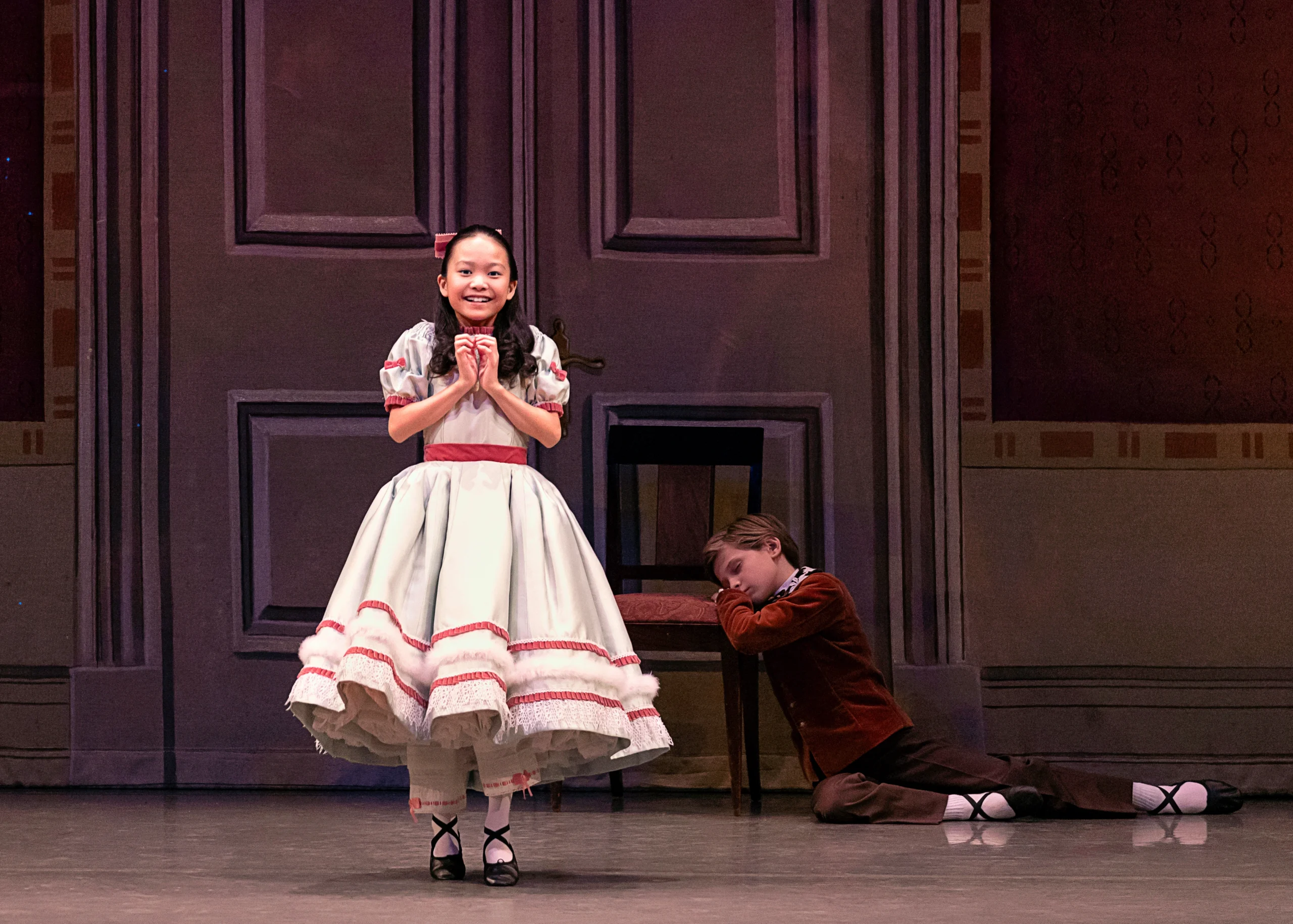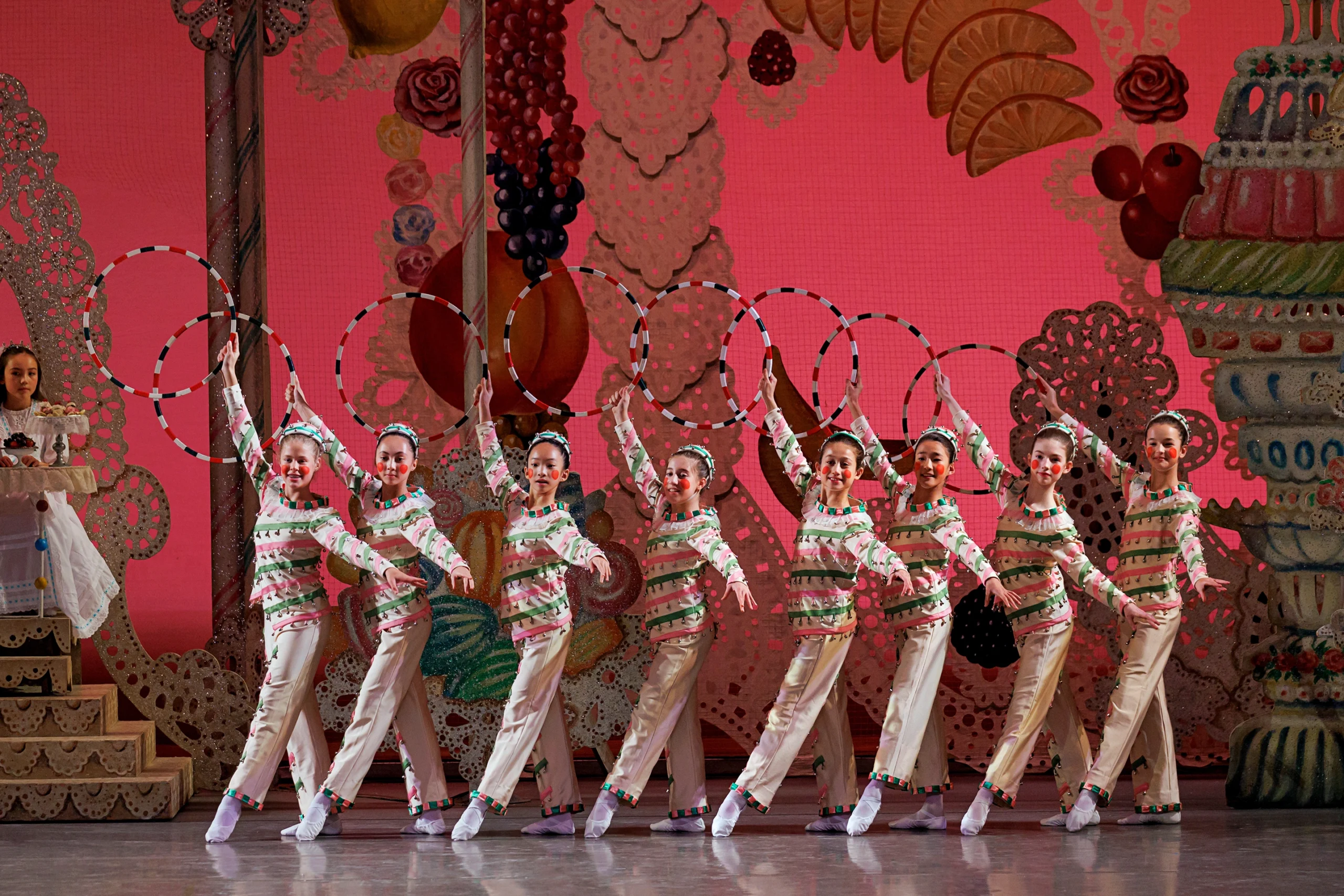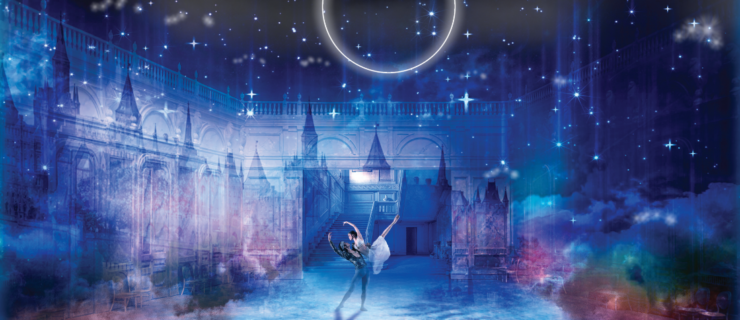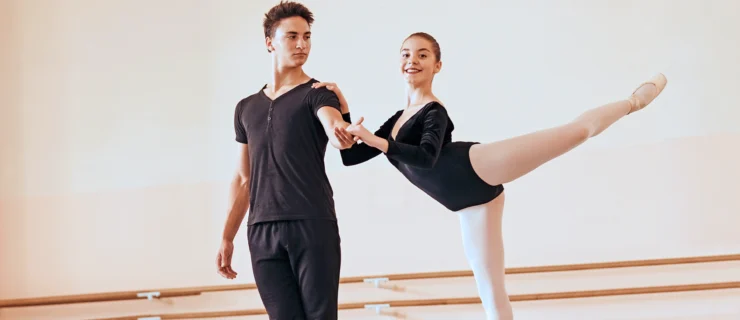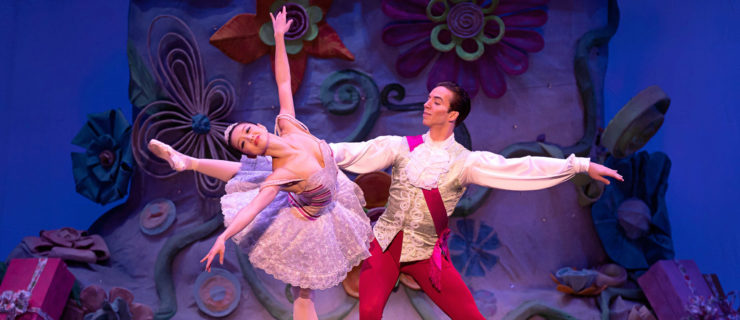Nutcracker and Beyond: Favorite Children’s Roles in Ballet
As we inch closer to the holidays, ballet schools and companies around the world are gearing up for performances of Nutcracker. For many young dancers, this is their entry point into live performance. And, for a number of children in elite ballet schools, the next few weeks will see them take to the biggest stages in the world as they perform alongside professional ballet dancers.
Indeed, many professional performances of Nutcracker give companies the opportunity to showcase the students of their affiliated schools, bringing a level of authenticity and warmth to the nostalgic narrative, which is ultimately about the joy and wonder of being a child at Christmas.
George Balanchine’s version of Nutcracker is particularly famous for its incorporation of children, and it continues to be staged by New York City Ballet, Philadelphia Ballet, Pacific Northwest Ballet, Alabama Ballet, Miami City Ballet, and Oregon Ballet Theatre. This production, which closely follows the child-centric libretto of the ballet’s first performance in St. Petersburg, Russia, casts children in the roles of Marie, her brother Fritz, and the Prince. But there’s also a large children’s corps de ballet. In addition to dancing in the party and battle scenes, they perform alongside principals and soloists. The youngest play Angels, accompanying the Sugarplum Fairy in Act II. A group of Polichinelles joyfully burst onto the stage from underneath Mother Ginger’s skirt, while another corps of young dancers accompany the Candy Canes in the lively Trepak variation.
Balanchine trusted students with truly dynamic and exciting choreography. But Nutcracker isn’t the only ballet that incorporates young dancers seamlessly into its production. Here are six others that feature great roles for children.
The Sleeping Beauty
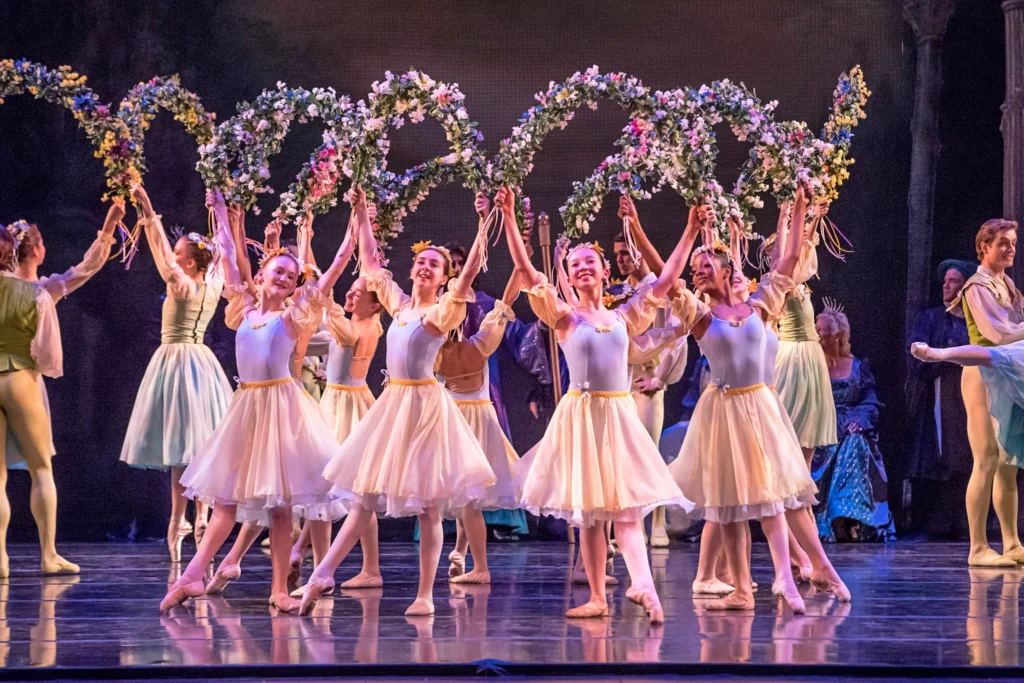
Various stagings and adaptations of Marius Petipa’s The Sleeping Beauty incorporate children as cupids, pages, and lackeys. (In fact, it was in the Mariinsky Ballet’s production of the ballet that Balanchine made his stage debut as Cupid at the age of 10.) One standout of Act I is the garland dance. This waltz, set to one of Tchaikovsky’s most recognizable melodies, often features young dancers weaving alongside the corps de ballet, as they capture the ceremony and pomp of Aurora’s 16th birthday.
Frederick Ashton’s The Dream and George Balanchine’s A Midsummer Night’s Dream

Both Ashton’s The Dream and Balanchine’s A Midsummer Night’s Dream require a child to play a pivotal role: the Fairy Queen Titania’s changeling boy. In the Shakespeare story, Titania and King Oberon squabble over possession of the child, and in this conflict’s fallout, the forest erupts into chaos.
In addition to the changeling, young ballet students appear in Balanchine’s A Midsummer Night’s Dream as bugs and butterflies in the fairy realm. As children dance alongside an adult cast of fairies, they enrich the ballet with a sense of scale that brings the magical setting of the enchanted forest to life.
Woolf Works
Wayne McGregor’s 2015 ballet Woolf Works was inspired by the life and works of the novelist Virginia Woolf, and one particular poignant moment depends on young dancers. In Act III, which is titled “Tuesday” and based on Woolf’s 1931 novel The Waves, children bring the protagonist’s memories to life. They dance by the seashore in playful choreography, which is in stark contrast to the act’s dark subject matter. The piece is challenging and contemporary, and the presence of children renders the narrative even more emotional and evocative. Originally choreographed for The Royal Ballet, Woolf Works will have its New York City premiere as part of American Ballet Theatre’s 2024 Metropolitan Opera House season.
Le Conservatoire (Konservatoriet)
One ballet that lends itself to a teenage cast is August Bournonville’s 1869 Le Conservatoire, or A Marriage by Advertisement. The original two-act ballet sees the stage transformed into a 19th-century Parisian ballet school, and the inclusion of teenagers renders the setting all the more realistic. While the full ballet is seldom seen, nowadays a divertissement called “The Dancing School” is performed by professional companies, and is also often staged as a showpiece for major academies, like the Paris Opéra Ballet School above. Earlier this year, the students of the Royal Ballet School performed this ballet as part of their annual Summer Performance. You can catch a snippet of it here.
La Sylphide
Choreographed by Bournonville in 1836 (four years after the original 1832 production by Filippo Taglioni), La Sylphide is a romantic ballet set in the Scottish countryside. The first act takes place in the grand manor, ahead of James’ marriage to Effie, and to bring this setting and the festive atmosphere to life, the corps de ballet is joined by children for a rousing reel. With their placement in front of the adult corps, the young dancers appear to lead the way in the Scottish-dance–inspired choreography, evoking the atmosphere and sense of community that is characteristic of a Scottish céilidh.


